Columbus Day is celebrated on the 2nd Monday in October. Why at this time? Because October 12, 1492 was the day he arrived in America. Columbus Day, established by the United States government in 1937, is one of eleven recognized federal holidays, although it was celebrated as early as the 1700’s.
Each year in our homeschool, we remember Christopher Columbus and his important contributions to Western civilization. For the teens and adults in your home, I highly recommend Christopher Columbus: His Story and His Journals. because you can read what he himself thought and believed, and get firsthand knowledge of the events surrounding his discovery, settlement and governance of the New World colonies.
While many explorers throughout history have boldly explored new lands, and others preempted his celebrated arrival on North American shores, Columbus remains one of the most important figures in world history because he officially opened the “new” world and accomplished so much against great odds. But what most people don’t know about Columbus is that his vision was not limited to discovery; he had a much broader purpose and was very clear about his mission.
Columbus believed he was chosen by God to discover new lands for two crucial purposes:
- To propagate the true Faith
- To provide revenue to fund the discovery of the tomb of Christ and the holy Mount Zion.
Understanding these two key points brings his story into clear focus. These two things notwithstanding, for us Americans, Columbus will always be an integral part of our nation’s “birth” story.

Here are a few coloring pages and activity sheets that you can use to help your elementary-age children “discover” Columbus.
The Man: An accomplished sailor in his teens, Columbus’ knowledge of navigation and geography, combined with great courage and vision, won the support of both Queen Isabel of Spain and Pope Alexander VI. Most history books don’t mention this, but Columbus was an author, too. He wrote a Book of Prophecies, containing carefully selected verses from Scripture which underscored his mission of exploration, a mission he deeply felt was a call from God.
Here’s a coloring page of Columbus. Click on the image to print full size.
The Voyage: The 1492 voyage across “the ocean blue” was pretty gutsy. Columbus ventured across a vast and hostile ocean, relying on his nautical knowledge, yes, but also theory and speculation. No other explorer had ever gone out on a limb quite like this, having before them known or at least previously sighted destinations. Here’s a coloring page of the flag ship: Click here or on the image to print the full-size image.
Here is an image of Columbus’ first voyage, which you can share as a teaching aid for your students.
After they have studied the graphic, you can print this blank map and have them draw out and label the first voyage from memory. Click to print full size.
The Landing: The voyage across uncharted waters wasn’t just long, it was a test of faith. In the last few weeks, as the open sea continued to yawn before them with no land in site, Columbus countered the pleas of his crew to quit and turn back with the command “Adelante!” (“Sail on!”). They would reach the Indies, he insisted, “with the Lord’s help.” We can imagine the joy and relief he felt as his feet hit the white beaches of San Salvador. Here’s a coloring page of Columbus and his men making their first landing and giving thanks to God. Click here or on the image to print the full-size image.
The Clash of Cultures: Columbus first described the New World as a “paradise on Earth,” but the shortcomings of human nature quickly cast a shadow on these beautiful lands. Columbus’ skill as a navigator did him little good when it came to administration. His contemporaries were not shy about lauding both the virtues and the defects of this explorer; Dr. Edward Sullivan gives a very thorough portrait here. Unfortunately, many of the Spaniards that Columbus left in charge ravaged the islands. This was contrary to Spanish law and strongly denounced by an angry Queen Isabel. She ordered that slavery cease in 1493; it was followed by the encomienda system which was essentially forced serfdom.
Bartholomew de Las Casas (“Apostle to the Indians”) and the Holy Roman Emperor Charles V, spent their lives fighting this injustice.
Here’s a coloring page showing the American Indian and Spanish explorers.
Last of all, here’s a Columbus Day word puzzle which includes unscrambling and solving a mystery phrase at the bottom. Click here or on the image to print the full-size page.
Feel free to share your favorite sources for Columbus Day activities in the comments below!
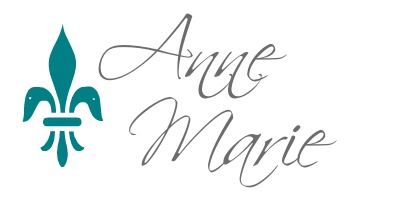
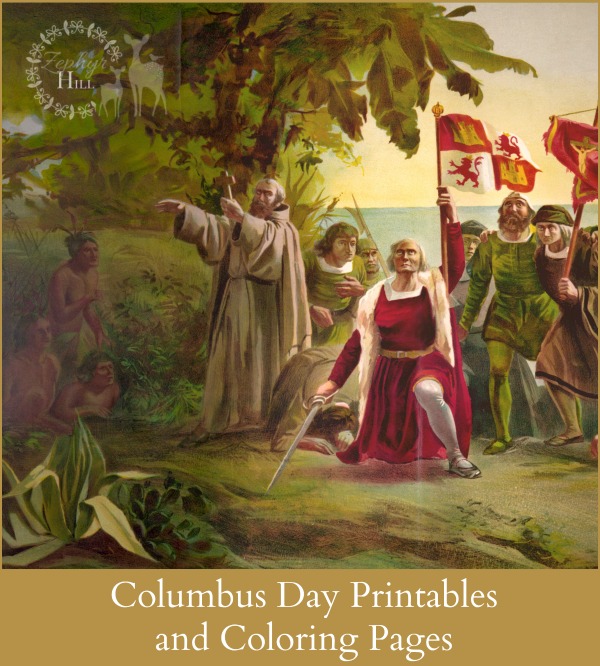
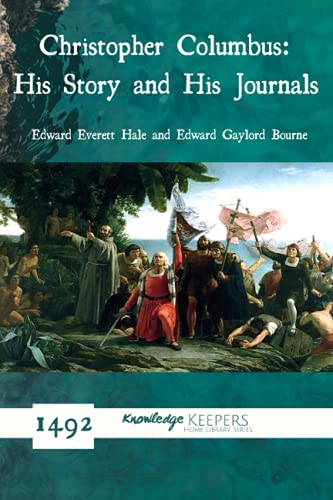

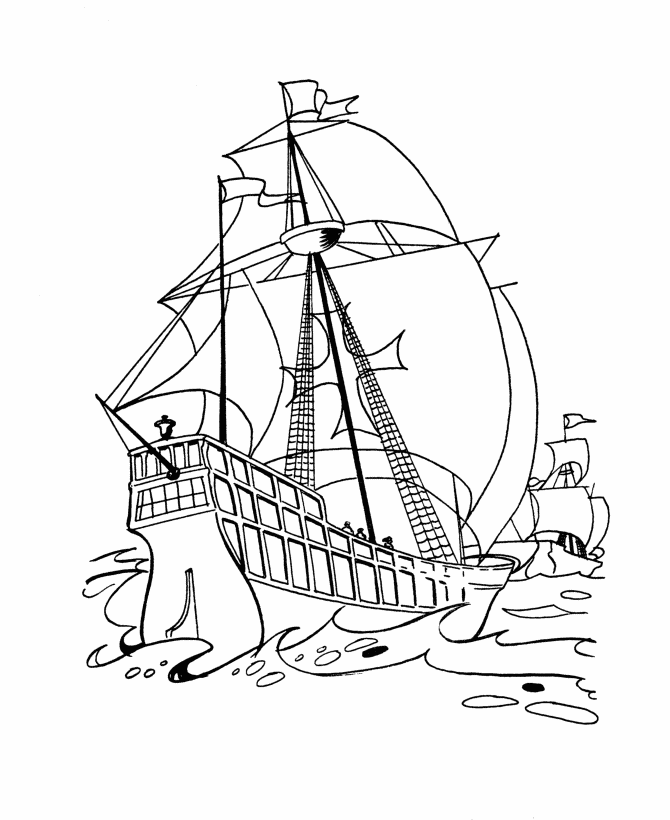
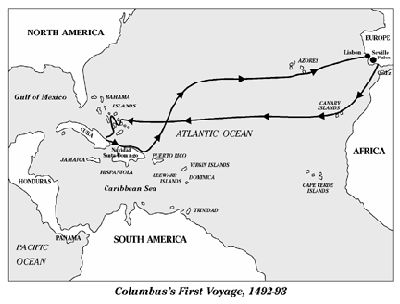
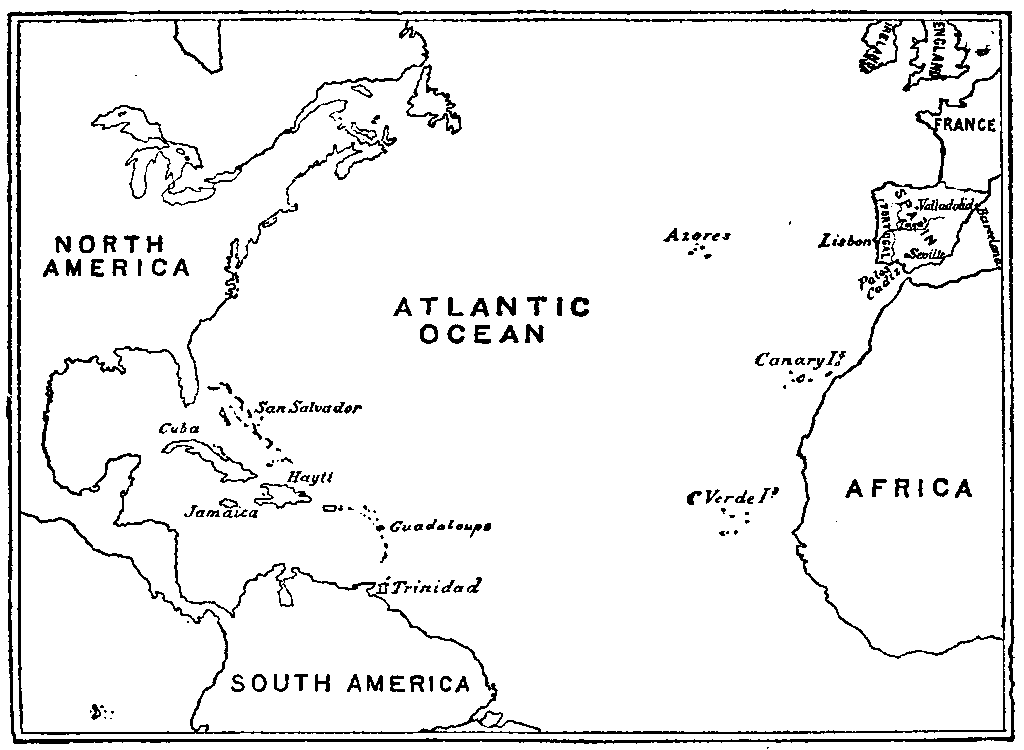
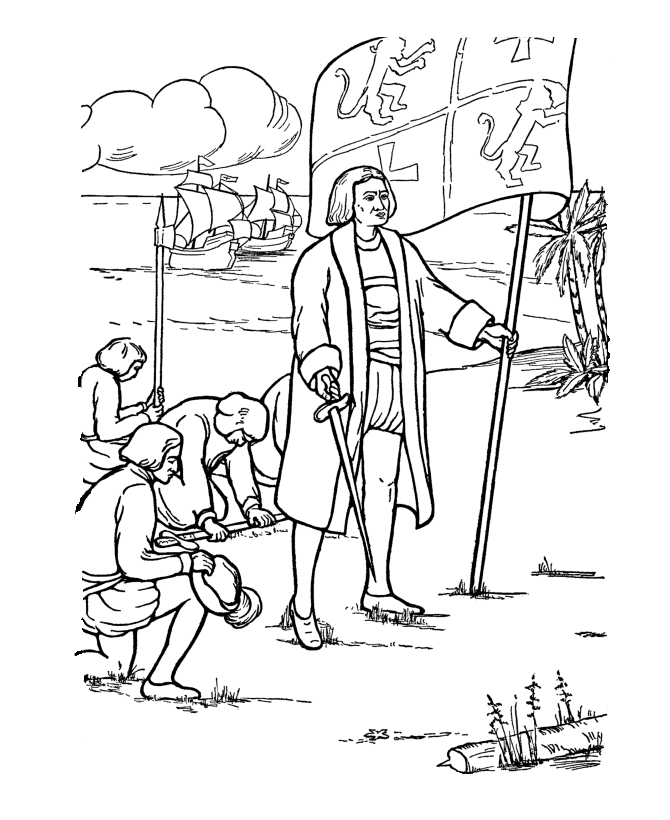
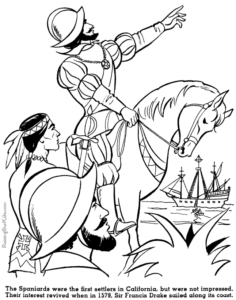
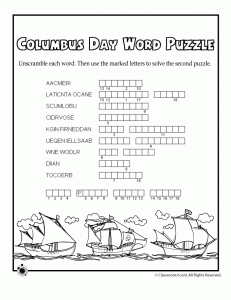
Thank you for this! A tremendous resource for an important holiday!